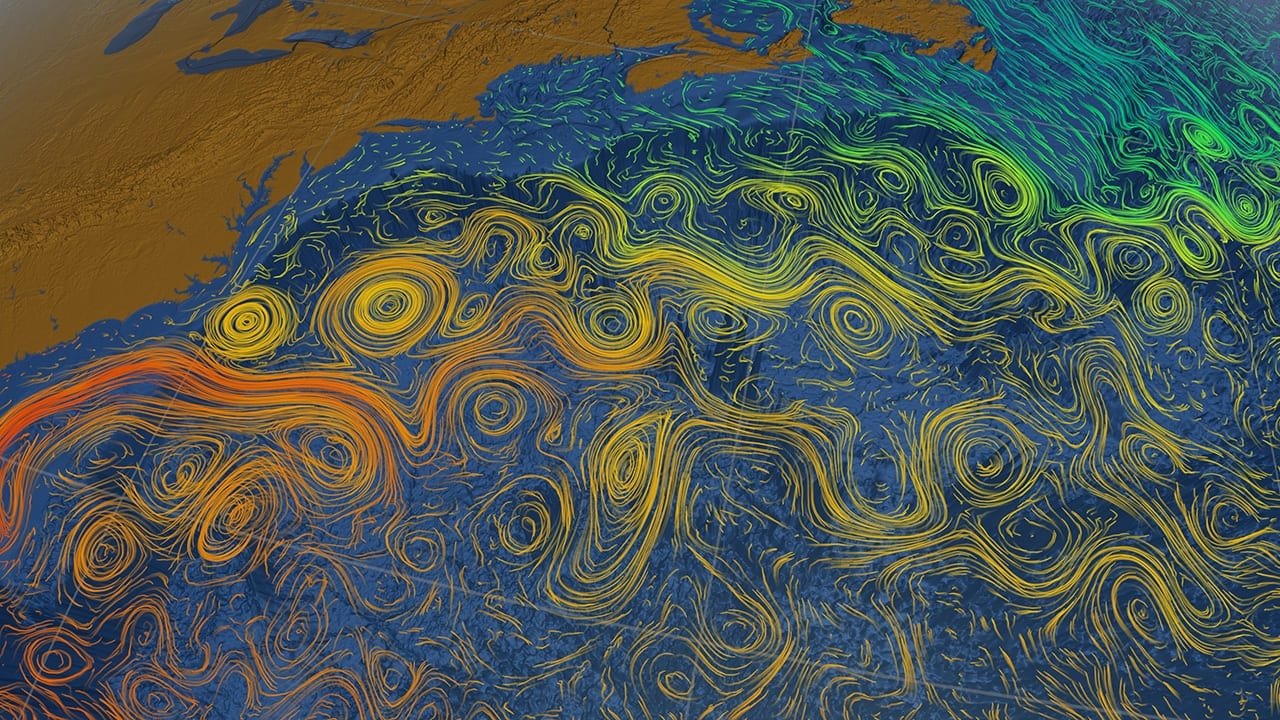
Sorry Boys, Universe didn’t start with a Big Bang firecracker, it was a cool gentle Kiss!
Before Times First Tick: The Cold Start of Our Universe
For as long as we’ve pondered the stars, we’ve asked: When did time begin?
Most answers start with the Big Bang—a moment of unimaginable heat and compression, from which space and time supposedly exploded into being. This firecracker of a story has been thrilling schoolboys for decades.
But what if the universe didn’t begin in explosive release, fire, and fury?
What if, instead, it began in cool calm silence and structure. Like a first date.
In the newest evolution of my life’s work as an experimentalist and ecologist, I propose a cosmology not based on starting in chaos, but coherence. It’s called Cold Aether Genesis. In this model, the universe didn’t erupt from an infinitely powerful scorching singularity, or immersed within the Luminiferous ether Einstein and quantum mechanics rejected. Rather it condensed in the cold from a higher-order quantum foam into what I describe as the graviton aether in 5D. Yes gravity, the weakest smallest of all forces came first. This primordial field, rich with potential, existed beyond space and time as we know them. It rippled, entangled, and—eventually—it stirred.
Eddies and knots began to condense out of the cold. These were not particles yet, before baryons pre-forms—stable patterns of flow and twist. Soon they too would condense into the first whispers of matter and latent heat. But more profound than that: this emergence marked something deeper.
It marked the first tick of time.
You see, in this model, time doesn’t exist until coherence begins to break down. In perfect primordial coherence, everything is timeless—entangled, balanced, still. But as the graviton aether began to ripple and fold, decoherence set in. This subtle breaking of quantum unity is what gave us the arrow of time. Not a clock ticking, not an explosion expanding—but the slow unweaving of cosmic potential into form, change, memory, and eventually sentience.
Time, in this sense, is not a backdrop. It’s not a canvas on which events are painted from one side to the other. It is the result of events—of patterns emerging and slipping out of perfect entanglement. As this entangled ripple emerged time was born.
Seeing the Unseen: Knots, Eddies, and Entanglement in the Aether

Our Ocean Aether naturally forms into eddies, currents, and knots
If you’re wondering what this structured graviton aether which became the first dimension (though some feel more comfortable calling it a 5th dimension) might look like, let me offer a metaphor grounded in what we do see: visualize the swirling storms on Jupiter, or the vast mesoscale eddies in our oceans.

This JWST image of Jupiter shows its dynamic structure of eddies and knots, perhaps akin to the Graviton Aether
Imagine those hypnotic spirals—great gyres of motion, nested within larger systems, stable for weeks, months, sometimes even years. Now imagine those storms not in atmosphere or water, but in a quantum field. Not in two or three dimensions, but in five.
That’s the kind of structure we’re describing in Cold Aether Genesis.
The knots and eddies in the graviton aether aren’t metaphors—they’re real, coherent features of the field. They arise as entangled vortices, topological condensates that store energy, shape interaction, and guide the emergence of matter itself. These formations are not random; they are structured and resonant—maintained by the delicate threading of quantum entanglement throughout the aether.
They are coherent, structured, and persistent—just like the planetary-scale eddies that drive nutrient cycles and weather systems on Earth. But more than that, they are entangled, meaning that without the constraints of being tied as particles in our 4D spacetime what happens in one region of the aether instantaneously happens elsewhere—not by signaling, but by shared structure.
But here’s the catch: in our 4D spacetime universe, what we perceive is just a slice—a projection—of the higher Aether. Like watching a single thread of a tornado and mistaking it for the whole storm. We see particles. We measure gravity. But what’s beneath it is a fluid, dynamic, entangled dance of aetheric coherence, shaped by flows that arc through a universally pervasive 5th dimension.
And just as satellite imagery revolutionized how we saw the oceans and the atmosphere, models like Aether Genesis may one day give us the tools to visualize, pilot, and navigate these cosmic eddies—guided not by explosions, but by the quiet structure of entangled fields.
It’s not magic. It’s not mysticism. It’s structure—hidden, elegant, and real.
From Laboratory Sparks to Cosmic Origins
This isn’t unfathomable untestable mathematical theory. This story of mine begins in the laboratory.
Over the last few decades, I’ve performed and witnessed cold nucleosynthesis in systems as diverse as solid-state lattices, liquid heavy water under cavitation, and high-pressure gas-phase nanoparticle plasmas. These experiments have repeatedly shown reproducible nuclear effects—excess heat (watts to kilowatts for hours and days on end), high Z isotope shifts, helium production, and transmutation—all without the violent deadly signatures of hot fusion: no dangerous radiation neutrons, no MeV gamma bursts.
Instead, they whisper of a world where coherence, not at impossibly high temperatures only relizable in the cores of stars or super-nova, unlocks the binding and building of nuclei.
When I first asked family friend Dick Taylor, the Nobel laureate who helped uncover the quark structure of matter, what he might think of my new cold fusion lab results obtained as an EPRI sponsored visiting scientist at Stanford Research International he grinned, leaned back, and said with his characteristic clarity:
“It’s all horseshit, Russ—but that’s a religious conviction of course, now show me the data.”
And I did. Again and again. Across platforms, protocols, and years. Dick didn’t ask me to show the theory first—he asked to see the evidence the data, and he tried to help put into words what the data was saying to us.
Edward Teller, father of the hydrogen bomb and another of my Palo Alto friends who was following my lab results and was my privilege to have as a confidant and collaborator in conversation, once told me:
“Do not apologize for the simple way you have performed your experiments—these are the ways we worked when we discovered the neutron, this is the way real men do science!”
But don’t imagine that having colleagues with Nobel Prizes in Physics might help one break through the dogmatic stone walls of Science, indeed in spite of our collective attempts to present this data to the Journal Science the editorial board not only refused to consider the paper for review they ordered that they would not even agree to receive any paper in the forbidden field of “cold fusion.”
So the only thing to do was to carry on and it was in this spirit—curious, empirical, undeterred—that the Aether Genesis model began to germinate, 35 years and counting. Not conjured from mathematical sleight-of-hand, but inspired by what nature actually shows when we prod her with experiments and listen closely to her quiet nuanced responses.
A Few Thoughtful Questions from Across Time
To explore the deeper implications of Aether Genesis, I’ve imagined some thoughtful exchanges with peers past and present—voices who have influenced my thinking, and with whom I’ve shared this work in spirit, if not in person, thanks to AI LLM’s that seem to have every famous persons personality in memory.
Albert Einstein (General Relativity)
“You claim spacetime is emergent from the graviton aether’s internal structure. But if spacetime is not fundamental, what underlies the equivalence principle?”
My reply: In this model, inertial motion emerges as coherent flow along stable knot-streamlines in the graviton aether. The equivalence principle arises from the uniformity of vacuum pressure gradients in regions of low knot density. Geodesic-like behavior emerges not from curvature, but from flow—relational, structural, and coherent.
Erwin Schrödinger (Quantum Mechanics & Coherence)
“You say time emerges from decoherence. But decoherence is observer-dependent. How can you define a universal time?”
My reply: In the graviton aether, decoherence is not a byproduct of observation—it is an intrinsic, structural transition. As coherent knots and eddies evolve and lose phase alignment, time arises from this unfolding pattern. It’s not subjective, but a measurable gradient of internal field order—expressed as γ(t), a coherence metric I’ve defined experimentally and theoretically.
So if you’re ready to reconsider what it means to begin, and what it means to become—welcome to the Aether Genesis, the Universe began with the gentlest kiss.
Stay tuned as my Cold Aether Genesis paper is undergoing peer review and will soon be available. Derived in rigorous mathmatics but founded upon decades of earthly lab data and recent conventionally inexplicable astrophysics data this will disappoint the precocious but please the patient.